Cricket
Dwayne Bravo returns to Chennai Super Kings as bowling coach after retiring from IPL

A victory for Chennai Super Kings over Mumbai Indians has been achieved. After releasing its top bowler Dwayne Bravo, the bowling team has decided to bring him back in a coaching capacity. Because of past injuries and his advanced age, Bravo’s impact was noticeably diminished. After a disastrous season, CSK will be seeking to rebuild with the addition of Bravo, who will be playing a different role this time around. Bowling instructor Laximapthy Balaji, who has decided to go away for a year, will be succeeded by him. After Kieron Pollard was released from his role as a player, the Mumbai Indians recruited him to work as a batting instructor for the team.
According to a statement released by CSK, Bravo has decided to end his playing career in the Indian Premier League. Since the inaugural season of the Indian Premier League in 2008, he has been a part of it. Personal obligations have required Laxmipathy Balaji to step away from his work for the next 12 months. However, he is going to be open for business for the Super Kings Academy.
DJ Bravo said. “I’m looking forward to this new journey because it’s something I see myself doing after my playing days is fully over. I enjoy working with bowlers and it’s a role I’m excited about. From player to coach, I don’t think I have to adjust much because while I’m playing, I always work with bowlers and try to come up with plans and ideas on how to have that one step ahead of the batsmen. The only difference is I will no longer be standing at mid-on or mid-off! I never thought I would be the leading wicket-taker in the history of IPL. But I’m just happy to be a part of IPL history!”
Up until last year, Bravo, the illustrious all-rounder, served as a pivotal component for the Chennai Super Kings organisation, which he had been a part of for over a decade. However, the team decided not to participate in the auction this year and released him in advance. Up until last year, Bravo, the illustrious all-rounder, served as a pivotal component for the Chennai Super Kings organisation, which he had been a part of for over a decade. However, the team decided not to participate in the auction this year and released him in advance.
It is quite likely that the Trinidadian has made the decision to hang up his boots, despite the fact that there has been no formal word announcing his retirement from his side. The all-rounder is participating in the T10 League that is currently being held in Abu Dhabi. In December of the previous year, he made the decision to hang up his cleats after the 2021 Twenty20 World Cup.
Over the course of the previous 15 editions of the Indian Premier League, Bravo had an outstanding career. He played for Mumbai Indians in the first ever season of the Indian Premier League. After spending the previous three seasons with the Mumbai Indians, Bravo made the decision to switch teams during the IPL auction in 2011 and join the Chennai Super Kings. Bravo had an outstanding career in the Indian Premier League during the course of the previous 15 editions. In the very first season of the Indian Premier League, he played for Mumbai Indians and made his IPL debut. After spending the previous three seasons with MI, Bravo made the move to the Chennai Super Kings at the IPL auction in 2011.
He contributed to the team’s success in the Indian Premier League (IPL) in 2011, 2018, and 2021, and he was instrumental in the franchise’s victory in a number of games thanks to his outstanding death bowling abilities. At the end, Bravo’s contribution consisted of massive hits that he was able to deliver. In the two years when CSK was outlawed, he played for Gujarat Lions. During his tenure in the Indian Premier League (IPL), Bravo competed in 161 matches and amassed 183 wickets. He has also scored 1560 runs with the highest
Dwayne Bravo records in IPL
- IPL’s first two-Purple Cap winner
- Bravo led IPL wicket-taking in 2013 and 2015.
- He holds the IPL record with 183 wickets.
- He topped Lasith Malinga’s 170 wickets last edition.
- Three IPL titles for CSK’s West Indian.
Prior to the super auction last year, Chennai Super Kings released him; however, they later purchased him back for 4.4 crores. In the IPL 2022, he played for the team in 10 games and claimed 16 wickets. The four-time champions however opted to release him, putting their faith in South African all-rounder Dwaine Pretorius. Apart from his on-field performance, Bravo also has entertained the fans with his signature dance moves and wicket celebrations.
Cricket
1000 Runs in ODIs: Kohli’s Cricket Legacy
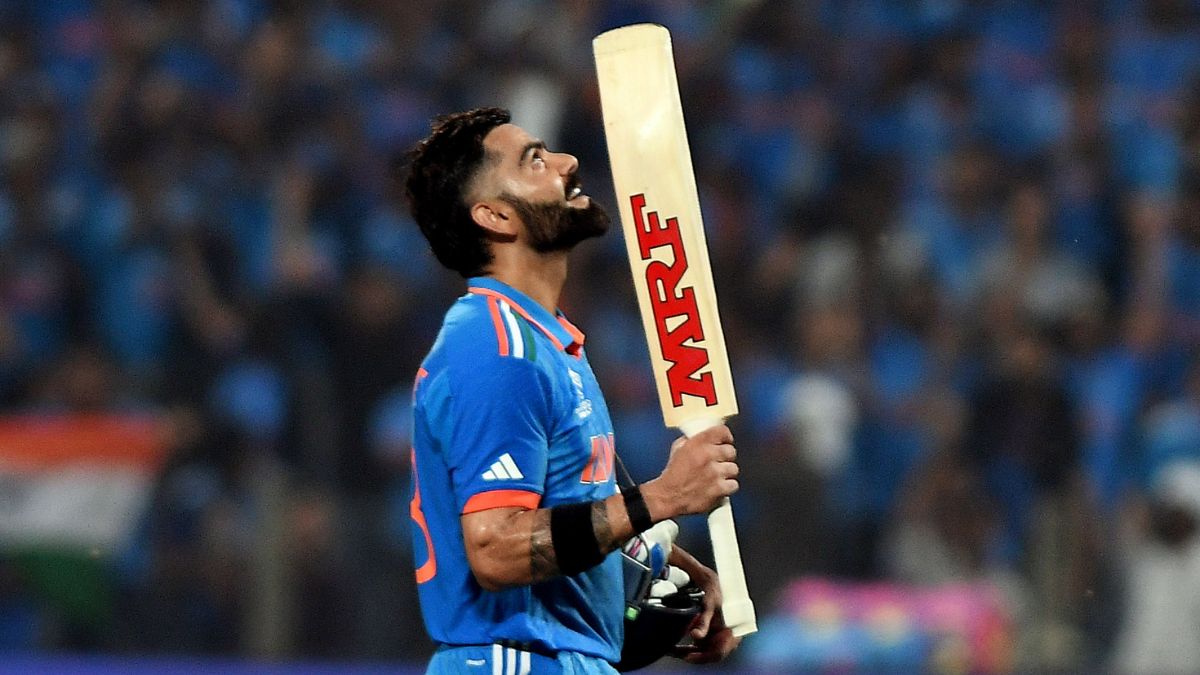
On Thursday, November 2, Virat Kohli achieved an accomplishment. He became the batsman to surpass 1000 runs in ODIs in 2023, following in the footsteps of Shubman Gill and Rohit Sharma. Not that,. He also joined Rohit Sharma, Shubman Gill, and Pathum Nissanka as the fourth players to achieve this impressive record in the 50-over format within the same year.
Stepping into History with 1000 Runs in ODIs
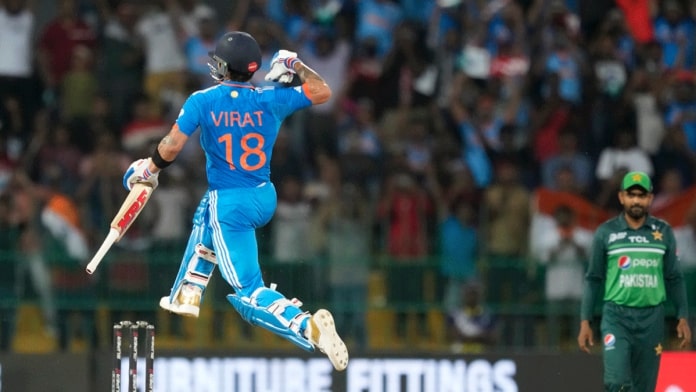
Entering the realm of history, Kohli’s unwavering determination and exceptional skills were put on display during his match in 2023. Notably, the cricket maestro, now 34 years old, made an indelible impact by surpassing Sachin Tendulkar‘s record, securing the most number of years with 1000 runs in ODIs. Kohli’s consistent ability to perform at such an exceptional level has been a defining characteristic of his illustrious career, as he had previously achieved this monumental milestone in 2011, 2012, 2013, 2014, 2017, 2018, and 2019, before accomplishing it once again in the present year of 2023.
Sachin Tendulkar with god of cricket Virat Kohli pic.twitter.com/zmztejNBBB
— Kevin (@imkevin149) November 2, 2023
An Unforgettable Journey
In an intense World Cup 2023 clash against Sri Lanka at the renowned Wankhede Stadium in Mumbai, Virat Kohli’s pursuit of this historic milestone was realized with an impressive 34 runs. Despite facing challenges, including a rare duck against England at the Ekana Stadium in Lucknow, his overall performance throughout the year has been nothing short of spectacular.
Kohli’s memorable journey was highlighted by an unbeaten century during India’s triumphant seven-wicket victory against Bangladesh at the Maharashtra Cricket Association (MCA) Stadium in Pune. Adding to his illustrious record, he solidified his stature with a brilliant 95 runs, making a significant contribution to India’s thrilling four-wicket win over New Zealand led by Tom Latham at the Himachal Pradesh Cricket Association (HPCA) Stadium in Pune.
Cricket
Shaheen Shah Afridi: Fastest to 100 ODI Wickets

Shaheen Shah Afridi, on Tuesday, October 31, achieved a remarkable feat, becoming the third fastest bowler to secure 100 wickets in ODIs. His outstanding performance during Pakistan’s World Cup 2023 match against Bangladesh at the renowned Eden Gardens in Kolkata led to this historic accomplishment.
A Landmark Moment
In the thrilling encounter, Shaheen clinched his 100th wicket in only his 51st match, dismissing Tigers’ opening batter Tanzid Hasan Tamim. The left-arm fast bowler displayed exceptional skill as he struck Tamim on the pads, prompting the on-field umpire to raise his finger. Despite Tamim’s referral to the third umpire using the Decision Review System (DRS), the replays confirmed the ball crashing into the stumps, upholding the on-field decision. Bangladesh lost their first wicket with the scoreboard reading 0 in just 0.5 overs.
Shaheen Afridi soars high yet again with another feat to his name 🦅#CWC23 | #PAKvBAN pic.twitter.com/IlQQ6P5xYK
— ICC Cricket World Cup (@cricketworldcup) October 31, 2023
Surpassing Preceding Records
Shaheen Shah Afridi not only secured this feat in record time but also outshone the accomplishments of esteemed bowlers preceding him. He surpassed the record of the fastest pacer, previously held by Mitchell Starc, who attained the milestone in August 2016 during an ODI against Sri Lanka at the R. Premadasa Stadium in Colombo.

Legacy of Excellence
Moreover, Shaheen shattered the long-standing record held by Saqlain Mushtaq, becoming the fastest Pakistani bowler to claim 100 wickets in ODIs. Saqlain had set this record on May 12, 1997, during an ODI against Sri Lanka in Gwalior. It is notable that among the Pakistani fast bowlers, the accomplished Shaheen Shah Afridi follows in the footsteps of the legendary Waqar Younis, who achieved the 100-wicket mark back in February 1993 against Zimbabwe in Sharjah.

Beyond ODIs
Demonstrating his prowess beyond ODIs, Shaheen has made significant contributions in Tests and T20Is as well. Since his debut in 2018, he has garnered 105 wickets in Tests and 64 wickets in T20Is. His exceptional journey began with a strong performance in the U19 World Cup in New Zealand. Notably, he played a pivotal role in Lahore Qalandars’ consecutive victories in the Pakistan Super League (PSL).
A Testament to Talent and Dedication
Shaheen Shah Afridi’s rapid rise to 100 ODI wickets within 51 matches underlines his exceptional talent and unwavering dedication to the sport. As he continues to leave an indelible mark on the cricketing world, his journey serves as an inspiration for aspiring cricketers worldwide. With his remarkable achievements, Afridi has solidified his place in the annals of cricket history, etching his name as one of Pakistan’s most formidable and promising fast bowlers.
Cricket
ICC World Cup: Shoaib Akhtar says, ‘Mai India ki tareef kyu na karu’

Former Pakistan fast bowler Shoaib Akhtar has recently expressed admiration for India’s dominant performance in the ongoing 2023 ICC World Cup. With India securing victories in all six matches, Akhtar highlighted the team’s exceptional display across various aspects of the game. Although the recent batting performance against England in Lucknow was relatively modest, India’s fierce bowling attack, led by Mohammed Shami and Jasprit Bumrah, proved instrumental in securing a remarkable win. This triumph not only solidified India’s leading position on the points table but also exacerbated England’s struggles in the tournament, leaving them virtually eliminated.
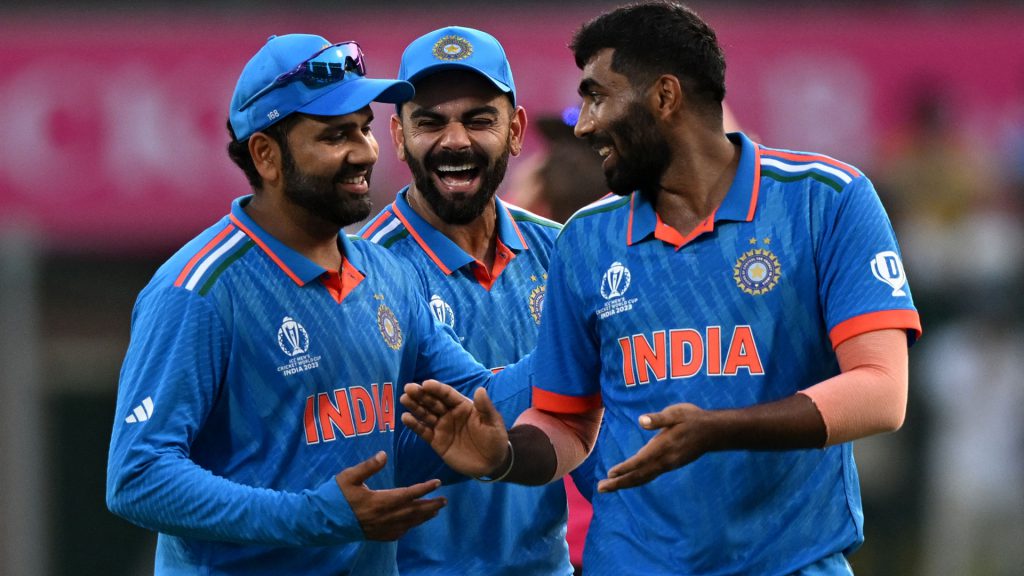
India’s Remarkable Bowling Transformation
In his analysis, Akhtar emphasized the transformative impact of Shami’s inclusion in India’s playing eleven following Hardik Pandya’s injury. Acknowledging Shami’s outstanding performances against New Zealand and England, Akhtar credited India’s ability to win matches through their bowling prowess, showcasing a shift from their traditional reliance on batting strength. He commended the collective effort of the Indian bowling unit, particularly recognizing the strategic brilliance of fast bowler Bumrah.
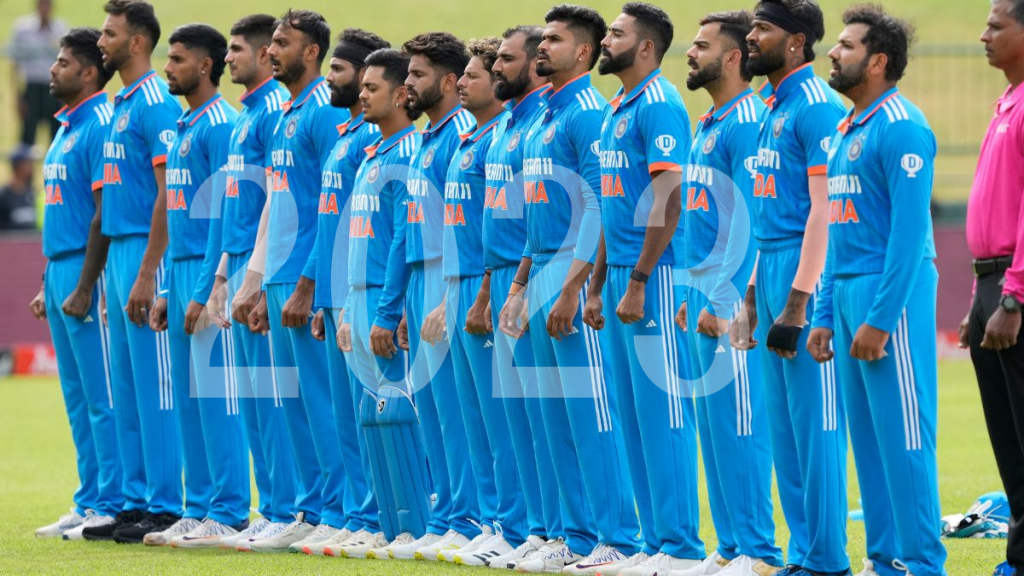
India’s Path to World Cup Glory
Looking ahead, Akhtar voiced his confidence in India’s potential to secure their third ODI World Cup trophy, highlighting the team’s upcoming matches against Sri Lanka, South Africa, and the Netherlands. Expressing optimism, he emphasized the significance of maintaining their unbeaten streak en route to the final, setting the stage for a potential historic ICC World Cup victory. However, Akhtar cautioned against compromising the successful bowling unit once Pandya returns to full fitness, warning against the potential detriment of a partially fit Pandya’s inclusion at the expense of a bowler.
Akhtar’s Praise for India and its Response to Criticism
Addressing skepticism surrounding his praise for the Indian team, Akhtar reiterated the exceptional nature of India’s performance, particularly in their ability to defend a modest total with a significant margin of victory. Undeterred by criticism, Akhtar reaffirmed his admiration for India’s exceptional cricketing prowess, urging acknowledgment and appreciation of their commendable achievements.
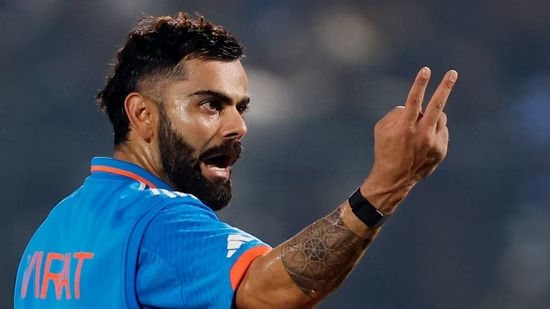
Shoaib Akhtar’s Perspective on Virat Kohli
Shifting focus, Akhtar’s history of praise extends beyond team performances to individual players, notably including former Indian team captain Virat Kohli. Reminiscing on Kohli’s resilience during a challenging phase in his career, Akhtar highlighted the pivotal role played by Kohli’s consistent century-scoring performances, leading to India’s victories. Recognizing Kohli’s contribution to the team’s success, Akhtar emphasized the significance of Kohli’s monumental centuries during crucial chases, solidifying his status as a crucial asset for the Indian cricket team.
In a comparison between Kohli and the legendary Sachin Tendulkar, Akhtar acknowledged Tendulkar’s status as one of the greatest batsmen while highlighting the challenges Tendulkar faced as a captain. Drawing parallels, Akhtar expressed confidence in Kohli’s eventual resurgence, expecting him to return to his prolific scoring form once he finds his equilibrium.
In summary, Akhtar’s acknowledgment of India’s exceptional performance and his recognition of individual players’ contributions underscore the team’s formidable presence in the 2023 ICC World Cup, setting the stage for a potential historic triumph in the coming days.







You must be logged in to post a comment Login